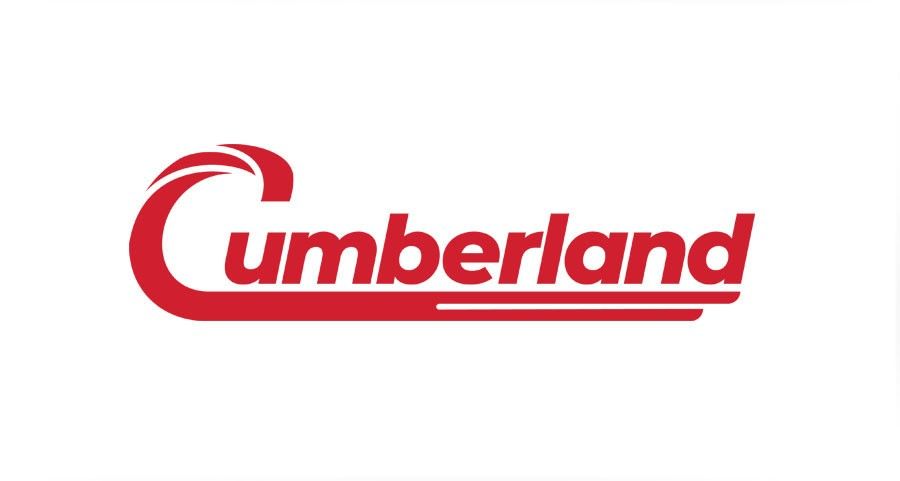How to Heat a Water Trough Without Electricity
Oct 21, 2022
In harsh winter climates, raising cattle and other livestock can be a challenge – particularly when providing fresh water on the pasture.
Heated waterers are a great way to keep tanks and troughs from freezing over during the winter, but running electric to pasture troughs is not always feasible.
In this article, we provide several tried and true tips to help keep your waterers warmer during the winter without electricity.
Tip #1: Insulate Water Tanks, Troughs, and Pipes
First and foremost, anything that houses or transports water – from tanks to pipes – should be as insulated as possible. The goal is to retain heat inside of the trough. There are several ways to insulate your water tanks and troughs.
Start by covering the exterior of the trough in a layer of insulation. There are many materials that will work, but materials like reflective bubble insulation are easier to apply and better suited to outdoor environments.
The material the trough is made from is an important factor, too. Rubber and metal troughs often have little insulation value. Some waterers and troughs will provide insulation integrated in their design. Shop livestock waterers from brands like Miraco and Brower that offer higher levels of insulation.
Tip #2: Position Your Trough To Maximize Its Sun Exposure
This simple tip should come as a no-brainer: positioning pasture troughs in areas where they will receive the most direct sunlight warms them and prevents freezing.
When coupled with sufficient insulation, sunlight can adequately warm the water and insulation can help keep the heat contained even into the early evening hours, when less sunlight is available.
Tip #3: Cover Part of The Trough Opening
A significant amount of heat is lost directly from the water’s surface. This heat loss can be mitigated simply by partially covering the trough’s water surface with a lid or other surface. Some troughs, like insulated Miraco Roll Away Watering Troughs are designed with this principle in mind.
If your trough doesn’t have a fitted lid for its opening, you can easily cut a plywood lid to shape and secure it by clamping the homemade lid to the rim of the trough.
For extra water warmth, consider applying insulation sheets to the trough lid. To keep the trough water warmer, longer, be sure to expose the water surface to sunlight during the day before partially covering it during the evening.
Tip #4: Place A Float In The Trough’s Water
Moving water is less prone to freezing than still water. Adding floats to the trough can help promote water movement, slowing the rate at which the water freezes over.
Soccer balls, basket balls, or anything buoyant that won’t harm your animals will work. However, this method will not actually warm water or retain any heat – it simply helps reduce ice formation.
Tip #5: Upgrade The Size of Your Troughs
Thermal mass is an important quality for heat retention. In simple terms, the more mass that is available, the more heat is retained. This is applicable to both solids and liquids. In practice, this means a water trough that holds more water will freeze slower than a smaller trough.
If you struggle with keeping your troughs warm, placing a larger, insulated trough in an area of direct sunlight can significantly increase the amount of heat generated and retained.
Need a bigger, better insulated trough? Shop our cattle waterers to find an option that meets your needs. If non-electric methods aren’t enough and you need to upgrade to heated options, check out our trough de-icers to find an option right for your farm.






